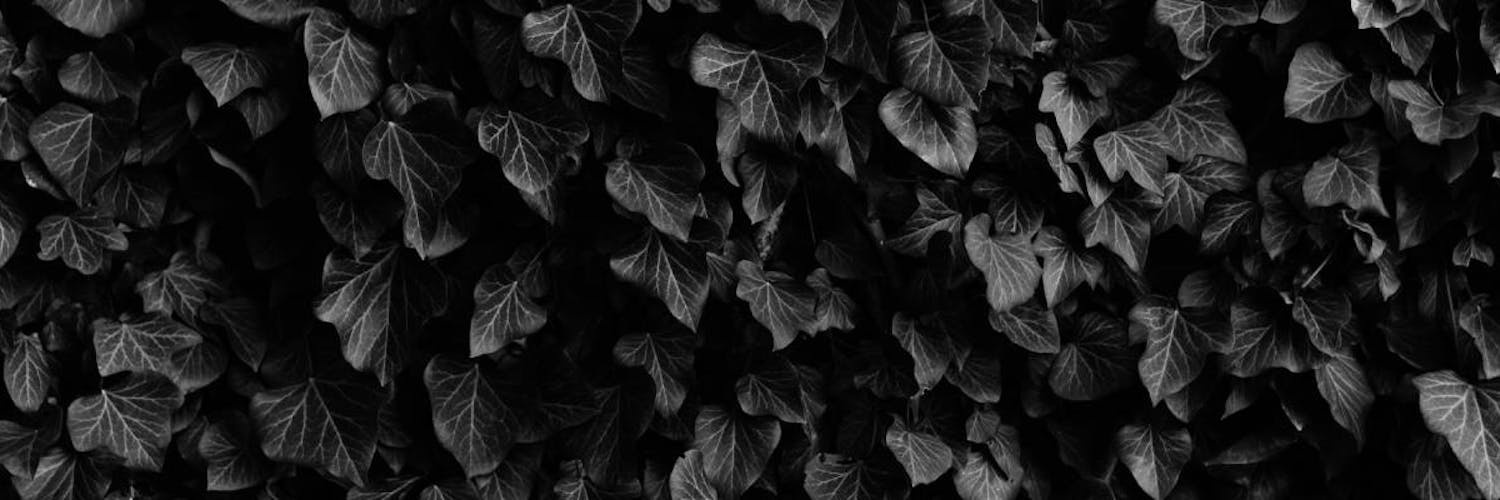Why are the leaves on my plant black?
If the leaves of your plant are black, you should know that there are several causes of this problem and the solution depends on them. Don't worry, you will learn how to diagnose and cure black leaves on plants.

One day you have your plants beautiful, healthy and radiant and another you start to notice strange things in them. Your plant is a living being, constantly growing and developing, and although it doesn't have a voice, it has other ways of communicating its needs and vicissitudes: leaves. By observing the coloration, size and development of the leaves of your plants, you will know what is wrong with them.
If the leaves of your plant are black, you should know that there are several causes of this problem and the solution depends on them. Don't worry, you'll learn how to diagnose and cure black plant leaves.
What causes black spots on leaves?
In summary, there are 2 causes for black spots on leaves: environmental and infectious. Among the environmental causes, we can cite the warm climate. The warm air causes the moisture in the leaves to evaporate very quickly, so they will dry out. This is common in tropical plants, which are not used to receiving direct sunlight. This is easy to diagnose, because the leaves look dark and dry, crumbling to the touch.
Too much fertilizer when temperatures are high can also burn the leaves, causing black lesions. This happens because the heat causes the plants to go through the nutrient absorption process in an accelerated way, so it will take more fertilizer than it can handle and affect the leaves.
Fungal and bacterial infections are common causes of black spots on leaves. These are easy to spot because instead of starting at the tips of the leaves, they come out randomly on the surface. There is another type of fungus that looks like a black powder that is deposited on the leaves. It is important to detect what the lesions look like in order to give the appropriate treatment.
- Blackhead fungus
The name of this disease is diplocaron rosae, and it affects any type of plant that has healthy leaves. The conditions in which this fungus thrives occur when the plants are watered, water falls on the leaves and stems and they stay moist for 6 to 9 hours. It starts with small black dots on the leaves, which increase in diameter and develop a yellowish edge that encompasses the entire leaf, killing it. To get rid of this fungus you need to fumigate the plant with a good fungicide. Neem oil is perfect for this and is natural. There are those who have tried potassium soap successfully.
- It
is a fungus that loves humidity, but it usually appears as an accompaniment to plant parasites such as aphids, mealybugs or whiteflies. These tiny insects produce a honeydew that attracts the black. The good news is that this condition won't kill your plant, but it will cause cosmetic problems and can hinder photosynthesis a bit.
The solution begins by attacking the parasite that attracted the sooty mold. Then you need to remove the dust from the leaves. If the infected plant is not very large, you can do this manually with a damp cloth or using a jet of pressurized water. You can use potassium soap, which will help you eliminate insects and treat the fungus. If necessary, do a sanitation pruning.
Remember that the best remedy is prevention. Avoid watering your plants at night (especially if they are succulents), try not to wet the foliage and if you see that one of your plants is sick, isolate it from the rest of the plants. Cut off the diseased leaves and start treating it right away. It will surely regain its beauty and vigor.

